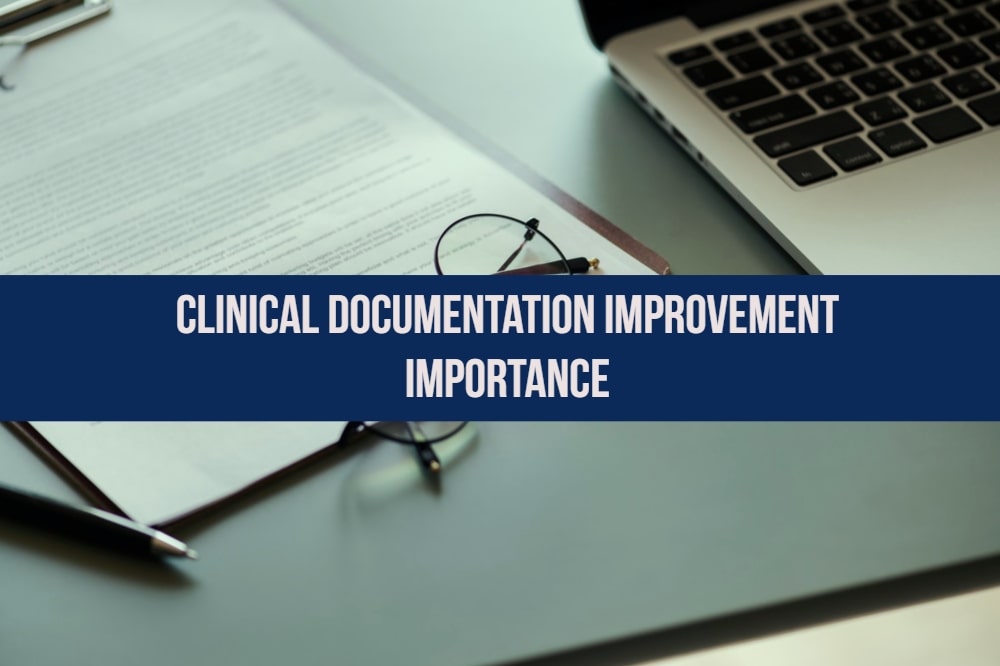Revenue Cycle Management is the process of managing your claims processing, payment and revenue generation. This includes everything from determining the patient’s eligibility, collecting their co-pay, coding the claims, tracking the claims, collecting payments and following up on denied claims. A critical part of your office function, it is important that the entire revenue cycle process is managed efficiently.
With the focus shifting towards containing healthcare costs, changes in reimbursement methodologies and increasing transparency, financial pressures will increase on healthcare organizations in the coming days. Research data reveals that CMS rejects nearly 26% of all submitted claims. 40% of these rejected claims are never resubmitted to CMS. This results in lost revenue for the healthcare organizations. Irrespective of how good and popular an organization is, revenue loss on a regular basis is going to affect the very existence of the organization.
However, with a proper revenue cycle management processes in place, an organization can reduce their write-offs and improve their bottom line. Some of the common problems faced by organizations in their revenue cycle management like untrained staff, poor communication between them and incorrect workflow, can be easily corrected in house. However, for some organizations, the responsibilities of revenue cycle management can become overwhelming. Fortunately, there are revenue cycle management companies that take over the entire responsibility of managing your organizations revenue cycle.
Selecting the right revenue cycle management company requires knowledge and understanding of the revenue cycle market. Valued at nearly $18.3 billion in 2014, the revenue cycle management market is expected to reach $32.2 billion by 2019. This translates to more and better service providers and products for your revenue management cycle. Listed below are some of the key points to know and understand to take advantage and benefit from this exponential growth.
- The areas to watch out for during EHR transition are service to payment velocity, charge trends, days not final billed and denial rates. These are the indicators of your revenue cycle health.
- Pharmacies are becoming key revenue and margin generators.
- Build a strategy to become consumer focused.
- Work towards decreasing the cost of collecting patient bills.
- Build a strategic partnership with your RCM provider to reduce operating costs and cope with trickling reimbursement rates.
- As of today, comprehensive RCM outsourcing is the best option to manage your revenue cycle.
- With increasing competition among RCM vendors, organizations now have a larger number of vendors and products to choose from.
- As the market for revenue cycle management grows, niche or industry centric vendors are also increasing. This bodes well for specialty organizations looking to outsource their RCM.
- With the demand for integrated and streamlined RCM operations on the rise, vendors have started offering hybrid RCM-EHR-IT solutions.
- Explore the many different methods for payments to RCM vendors.
- RAC appeal judges found that about 60% of reviewed claims were not overpayments.
- There is an increasing demand for price transparency by consumers and lawmakers.
- It is very important to know the amount of consumer responsibility to ensure timely collections from the consumer.
- Under-coding of medical conditions can affect your reimbursement rates and thus decrease your revenue.
- Ensure that duplicated patient records are rectified to increase your revenue cycle efficiency.
Revenue cycle management can be complicated, but it’s a necessary part of running a successful healthcare organization, especially with changing federal requirements. Understanding the changing market scenario, bringing in best practices and keeping a close watch on the changing trends will help your organization manage its revenue cycle effectively and efficiently.



